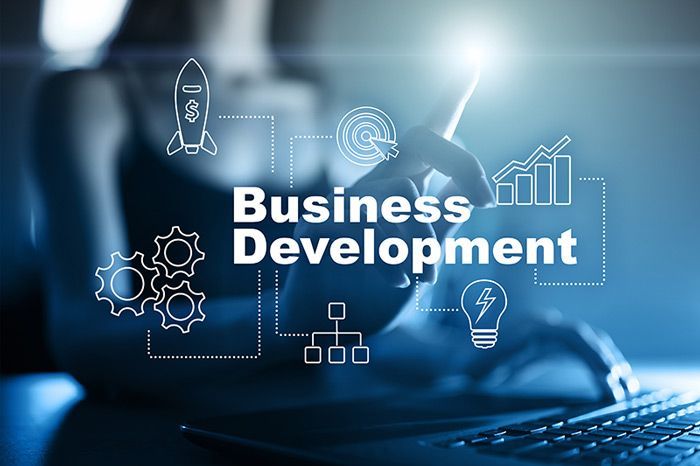Navigating Uncertainty: Strategies for selling in uncertain times
Navigating through uncertain times, such as a recession, poses a significant challenge for businesses and sales professionals. We give you a list of tactics that help build your sales pipeline in this insightful article.
New Zealand is in a recession, its second in 18 months. Selling in uncertain or tough economic times can be a slow process, especially if the solution or product is more of a luxury than a need. But every Recession has brought an abundance of opportunities and been the breeding time for game changers across industries. Uber (2009), AirBnB (2008), FedEx (1971) and Disney Bros (1923) were all born in tough economic times.
Historically, 75% of recessions end within a year, with 30% of these only lasting 6 months. However, during this period traditional sales methods don’t necessarily work, the burn time for each deal grows longer and competition increases. To make the most of time and resources available, marketing + sales should be activated strategically while adopting a creative approach. I list a few tactics that can be implemented below.
1. Identify the pain point or gap that you can meet today
Prospect / Customer needs and priorities evolve rapidly during uncertain economic times. Adopt a consultative selling approach and explore the pain points that customers are facing.
For example, similar to Covid trends, we’ve seen a rise in the demand for virtual solutions, leading to a spike in virtual workshops, training sessions and meetings. Affordability and accessibility make virtual solutions an appealing option at present.
2. Approach more than one person in the business
We work hard to build relationships with leads, but people often move jobs because of redundancies or for better opportunities during uncertain times. To protect your interest, building a relationship with more than one stakeholder within a prospect or client’s business is more important than ever during these times.
3. Build relationships and trust
People buy from people. It was true when humans began bartering and remains true today. Connection, authenticity and honesty are part of the recipe for successful sales. Focus on building meaningful relationships and trusted partnerships with prospects.
4. Demonstrate credibility and consistency
In uncertain times, businesses often look for seasoned partners who have weathered storms before. Longevity in the industry re-assures the buyer of your stability. Use different methods to show your credibility to buyers, show up consistently and remain top of mind. Check out recommended tactics in our article on building credibility for increased sales.
5. Stack your opportunities
A number of businesses use the slow times to explore solutions they would invest in once the economy starts moving. Establishing trust and credibility with these businesses now will bring returns in half a year. Build your opportunity pipeline so that you have a succession of conversions as soon as financial pressures ease.
6. Lead with value
Serious buyers are often looking for quality with the biggest bang for buck. The bang begins even before a salesperson interacts with the buyer. Increasingly, the first interaction for any buyer is through a digital channel, which is where the buyer journey begins. Value must be added right from this first interaction and gradually increased, hooking the buyer into committing to the solution or product.
For example, e-books are a great way of providing self-paced information to a buyer and establishing authority in the give area.
7. Look after your existing customers
Existing customers are your top priority during tough times. They keep your lights on, see you as a trusted partner and could potentially engage you to fill further gaps. Competitors will be chasing your customers just as you will be chasing theirs. So, keep in close contact with existing customers and go beyond the usual.
8. Be deliberate, be strategic
It’s very easy to get distracted when times are tough. Requests for freebies and discounts spike and it’s often hard to identify or chase quality leads. But time is of the essence in a slow economy. Be deliberate in the lead lists you create and follow up with prospects strategically.
If you’ve identified the right opportunity, added value and are seen as a trusted advisor, you will be able to gauge the right time to strike.
9. Use AI and technology
You should be interacting with customers as much as possible and this is made much more doable by AI enabled technology. If you’re curious about wat to build in efficiencies in your sales processes read our article on 5 sales tasks you can delegate to AI.
Navigating uncertainty isn’t for the faint hearted and tests the resilience of any business. But, with measured, well thought-out steps, organisations can grow. At Ri-Think, we he businesses execute their B2B sales strategies through workforce support, AI platforms and effective marketing. Contact us today to have a chat about how we can help you!










